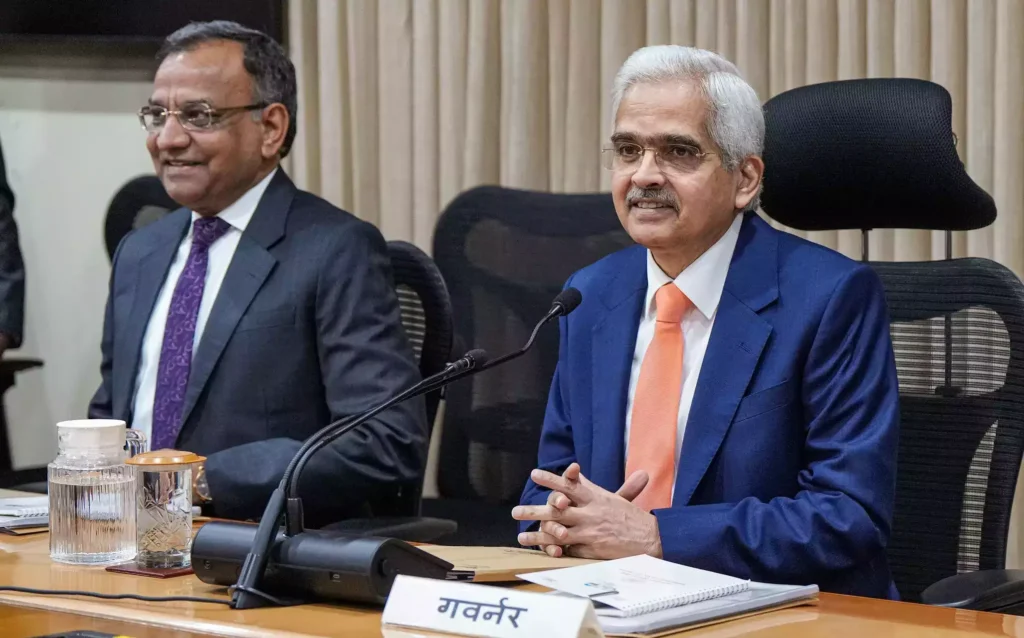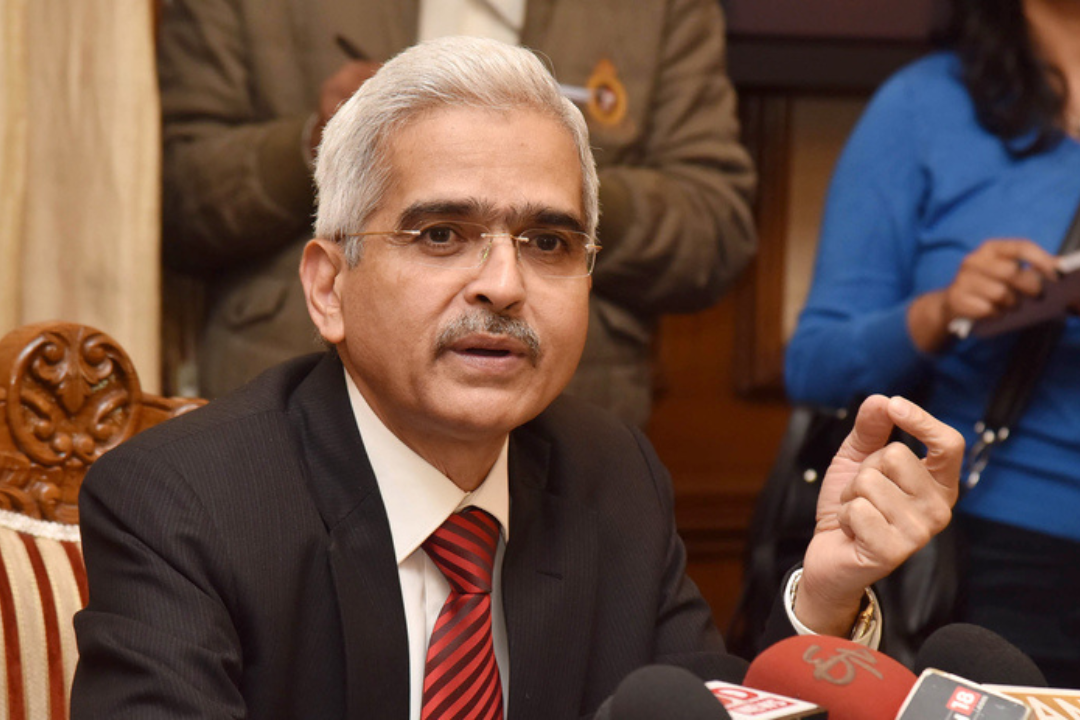Shaktikanta Das, governor of the Reserve Bank of India (RBI), has indicated that macro stress tests performed on banks’ loan books demonstrate that they will continue to adhere to minimum capital regulatory criteria even in the event of high systemic stress. Banks are required to maintain a minimum capital adequacy ratio of at least 9% or higher under RBI guidelines.
The governor also emphasized the significance of financial resilience in banks, which can be attained by having enough capital buffers, the capacity to generate income even during times of severe macroeconomic shocks, and enough liquidity to satisfy obligations in a variety of circumstances.
The RBI has been extensively analyzing bank business models to maintain financial stability, looking for any elements or flaws that could eventually lead to a crisis. The RBI has established regulatory standards for capital adequacy and liquidity ratios and has urged banks to increase their capital reserves during prosperous periods.
When there was plenty of liquidity, interest rates were low, and the entire impact of Covid on the financial sector was very unknown during the pandemic, the RBI encouraged banks to increase capital buffers.
The average gross non-performing asset ratio for banks has decreased from 7.3% in March 2021 and 5.8% in March 2022, illustrating the banks’ asset quality’s upward trend, to 4.41% as of December 31, 2022. At 16.1% as of the end of December, banks’ capital adequacy ratio was likewise significantly higher than the minimum regulatory requirement.
The RBI has been looking into the idea of releasing a digital version of the Indian Rupee, sometimes known as a central bank digital currency (CBDC), in addition to the measures mentioned in the article. The RBI declared in January 2021 that a high-level committee would be established to investigate the viability and merits of a CBDC for the Indian economy.

Since then, the RBI has published a discussion paper describing the potential advantages and disadvantages of a CBDC, including the ability to strengthen the effectiveness and robustness of the payments system, as well as the costs and dangers associated with real currency. However, the RBI also highlighted those issues with data privacy, cybersecurity, and potential effects on monetary policy and financial stability that needed to be addressed.
The RBI is also conducting a new evaluation of the scope and quality of the statutory branch audits of private banks, emphasizing the importance of adequate governance and audits across regulatory institutions.
The governor also emphasized the significance of strong laws and procedures to guarantee client safety, particularly now that banks are relying more and more on outside companies to provide services.
On April 10, 2022, the RBI released thorough rules on IT outsourcing by banks, NBFCs, and other regulated firms to mitigate vulnerabilities that may result from unsuitable business models.
While the RBI cannot interfere with business decisions, REs must show that their internal controls are adequate and that they can absorb losses to meet any risks that their business models may introduce.
Overall, the RBI is still dedicated to providing the necessary support for sustainable growth and future-proofing the Indian financial sector. As a result, banks and other regulated companies are required to regularly assess financial risks, concentrate on creating enough capital and liquidity buffers, and show that their internal controls are adequate and that they can absorb losses.




